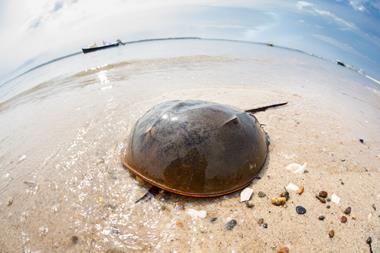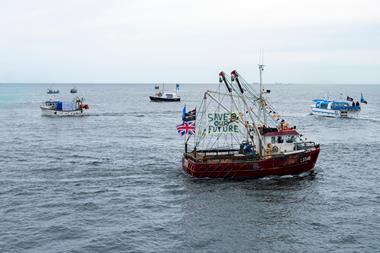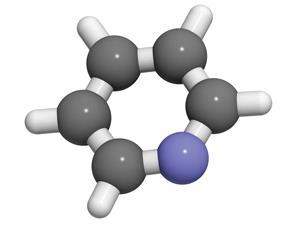In late 2021 and early 2022 large numbers of crab and lobster were washed up along the north-east coast of England. A government panel convened to investigate has just reported back that it couldn’t identify a convincing cause for the crustacean deaths. Although it admits there is no direct evidence, the panel concluded a novel pathogen is most likely to blame. However, some researchers believe the mass die-offs were a result of a legacy of chemical pollution released by intensive dredging of the river Tees.
Last year, researchers from Newcastle, Durham and York universities were brought in by local fishing communities after the Environment Agency found pyridine in the dead crustaceans. Gary Caldwell, a marine biologist at Newcastle University, led research that confirmed that pyridine is toxic to crabs, even at levels below those recorded in the die-offs. Other studies showed how pyridine could be transported from industrial areas around the Tees along the coastline. The researchers’ preprint, which hasn’t been peer reviewed yet, triggered the government to convene an independent expert panel.
The dead and dying crustaceans were found along 70km of coastline, with some displaying unusual twitching. The two main theories for the deaths were an algal bloom or the toxic effects of pyridine released by dredging. However, the panel said they couldn’t identify sufficient amounts of any toxic chemical. ‘The wide geographical spread and long duration of the event would require sustained release of very large volumes of the chemical, which is considered very unlikely from point sources or due to dredging,’ it notes. There was also no reason for the Teesside estuary to have higher levels of such chemical run-off than other areas.
The panel also found that algal blooms were unlikely to be responsible. While an algal bloom would account for the wide distribution of deaths, it didn’t explain the twitching or the length of time over which deaths occurred, particularly during winter months.
‘Politics is distorting the science’
However, Caldwell has little confidence in the panel’s findings, pointing out that the members undertook no new work and were not completely independent – one member is a consultant from Peel Port, the UK’s second largest port group. ‘Politics is distorting the science,’ he says.
Caldwell and his colleagues believe that pyridine has built up over time from a variety of sources along the Tees estuary, such as the coking process in steelmaking. ‘Just before the die-offs, a blast furnace was demolished in a massive explosion with no attempts made to contain it,’ he says. ‘This coincided with an extensive period of dredging in the Tees estuary, which lasted 24 hours a day for 10 days. There are other possible historical sources, too. Pyridine was discharged many years ago from an old ICI plant as a byproduct of thermal cracking of naphtha.’ In evidence to the independent panel, Caldwell and colleagues note that whistleblowers who were working in industry along the Tees reported a number of other possible sources of pyridine.
He rejects the panel’s conclusions that there wouldn’t have been enough pyridine to kill crabs over such a long time. ‘Pyridine adsorbs to sediment particles and can remain for many years in the environment if protected from oxygen,’ he says. The dredging could have disturbed significant amounts which were then carried by currents and tides along the coast.
‘The report also overlooks the fact that we detected pyridine in surface sediment fully seven months after the mass die-offs,’ he adds. ‘It also failed to recognise the virtual elimination of the barnacle population from the Staithes long-term monitoring site, which is positioned midway along the modelled trajectory of the sediment plume.’
Caldwell and the other researchers maintain that pyridine cannot be discounted as the cause of the die-offs, but it is hard to prove, particularly as they have been prevented by the Tees Valley Combined Authority from taking sediment core samples to quantify pyridine levels in the deeper sediment.
However, other researchers believe the panel reached a reasonable conclusion from the data available. ‘My own reading of the pattern of deaths along the coast might suggest the gradual spread of a disease organism in a stepwise manner down the coastline and a little to the north of the Tees,’ says Michel Kaiser, professor of fisheries conservation at Heriot-Watt University. ‘[However,] the report would have benefited [from] modelling of residual tidal flow patterns and consideration of any extreme temperature or wind events that also might be factors.’
This article was updated on 25 April 2023. A previous version stated that the government panel convened to investigate the incident had dismissed the algal bloom theory. A response to this story from members of that panel has been included in the comments below.












1 Reader's comment